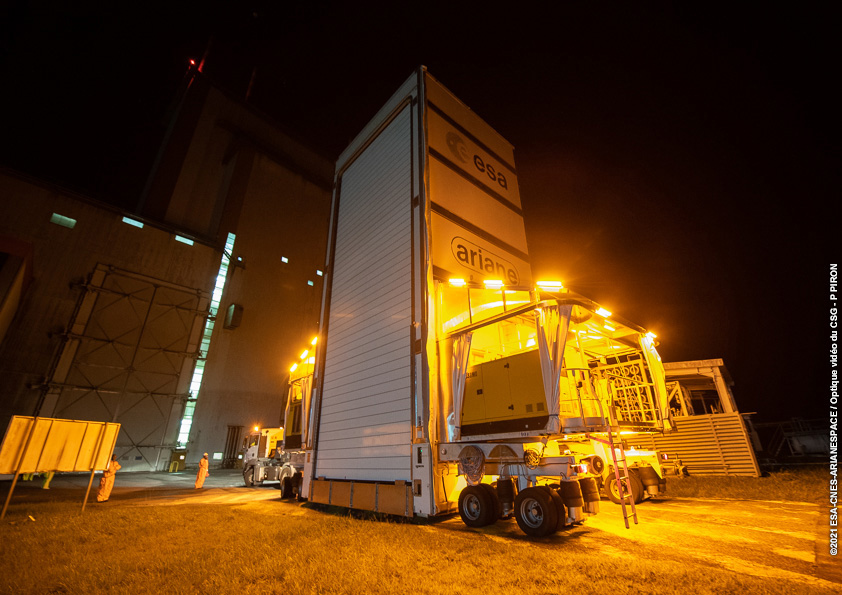Next week, the James Webb Space Telescope is scheduled to be launched into space. The $10 billion project has astronomers around the world excited and nervous at the same time.
The observatory is something of a successor to the Hubble Space Telescope, built bigger and more powerful. The telescope’s largest program is set to begin in 2022. It’s called COSMOS-Webb and will study some of the earliest structures in the universe.
At the project’s helm is the University of Texas’ own associate professor of astronomy, Caitlin Casey. She says that the powerful telescope will help her team research distant galaxies and stars that could hold clues into the universe’s earliest years.
“We’re going all the way back to the beginning of time when the universe was extremely young over 13 billion years in the past, trying to piece together how the first galaxies formed galaxies being collections of billions of stars, and how those galaxies are embedded in the largest structures in the universe that we know of,” Casey said.
Listen to the interview above or read the transcript below.
This transcript has been edited lightly for clarity:
Texas Standard: Tell us a little bit about the telescope itself. Can you give us some background on what it is and why it’s so important?
Caitlin Casey: It’s easy to think and call the James Webb Space Telescope the successor to Hubble. People think of it like it is the Hubble Space Telescope, but it is so much more. It is a true feat of engineering. Scientists and engineers have been working on this for decades – since I was in elementary school. It’s going to be the most powerful view that we have as humans of the most distant, faint objects in the cosmos.
Unlike Hubble, it will not be orbiting Earth. It’s actually going to be sent about a million miles from Earth, to keep the telescope as cool as possible, so it can take the most sensitive observations of the night sky.
Tell us about COSMOS-Webb. I understand you’re going to be observing some of the earliest structures in the universe. This is a bit like looking into the past, sort of time shifting.
That’s exactly right. Astronomers, as scientists, are pretty lucky in that when we take images of the cosmos, we are literally taking images of the past. That’s unlike archeologists on Earth, [who] have to piece together the history of human civilization using artifacts. We have the advantage that when we look at the cosmos, we’re literally looking in the past.
The reason [for] that is because light has a finite travel speed. There is a speed limit to the universe. So when we look at sunlight, that light was emitted eight minutes ago from the sun. And when we look at the nearest star beyond the sun, that light took four years to reach us. Further and further away – the more distant objects we’re looking at – we are looking at millions of years into the past and billions of years into the past.
I wonder what this means for a lot of our presumptions about the universe’s origin story. There’s a chance you might find something in that snapshot that you grab of the universe.
Exactly. What we’re doing with COSMOS-Webb is we are attempting to take one of the deepest images of the distant cosmos ever taken. And it’s very useful in these deep snapshot images to then piece together the ultimate history of everything.
We’re going all the way back to the beginning of time, when the universe was extremely young, over 13 billion years in the past. We’re trying to piece together how the first galaxies formed – galaxies being collections of billions of stars – and how those galaxies are embedded in the largest structures in the universe that we know of.
That would be a heck of a press release, wouldn’t it? University of Texas researchers discover where it all started.
We’ll try. We’ll try.
What are you going to be looking for? Do you have a hunch about what you’ll see?
We have a pretty good guess. We will see maybe a million galaxies in the image that we collect. But what we’re really after are a few thousand galaxies that existed at the dawn of the cosmos. We call it cosmic dawn. It’s the first billion years after the Big Bang. We think by finding these galaxies, we will be able to understand the conditions of physical laws governing the universe at very early times.














